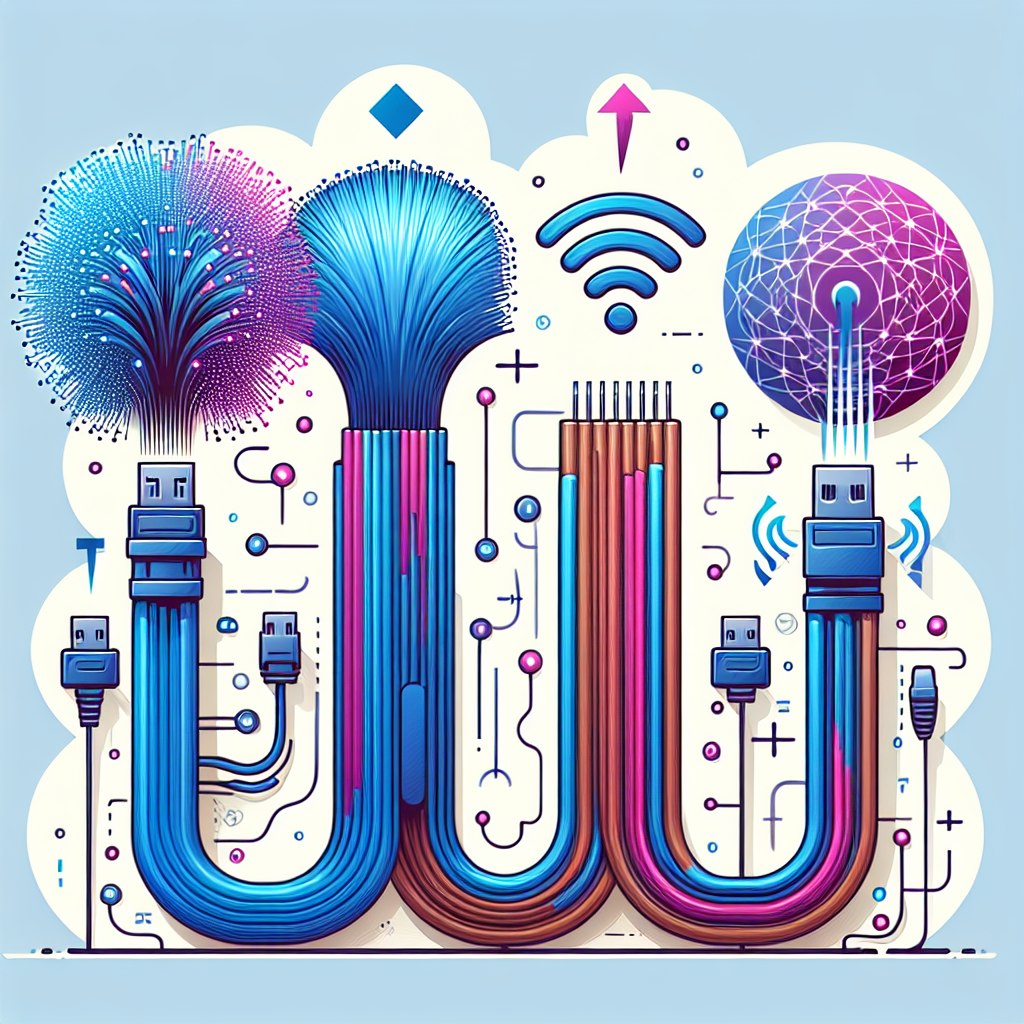In today’s digital age, data transfer rates play a crucial role in determining the efficiency and speed at which we can share information. With a plethora of technologies available, it can be overwhelming to choose the right one for your specific needs. In this article, we will compare the data transfer rates of some popular technologies to help you make an informed decision.
USB 2.0 vs USB 3.0:
USB 2.0 has a maximum data transfer rate of 480 Mbps, while USB 3.0 can reach speeds of up to 5 Gbps. This means that USB 3.0 is significantly faster than its predecessor, making it ideal for transferring large files or streaming high-definition video. If speed is a priority for you, USB 3.0 is the way to go.
Ethernet vs Wi-Fi:
Ethernet cables have long been known for their reliable and fast data transfer rates. A standard Ethernet connection can reach speeds of up to 1 Gbps, making it an excellent choice for activities that require high bandwidth, such as online gaming or streaming. On the other hand, Wi-Fi technology has made significant advancements in recent years, with the latest Wi-Fi 6 standard offering speeds of up to 9.6 Gbps. While Wi-Fi may be more convenient for mobile devices, Ethernet still reigns supreme in terms of speed and reliability.
Bluetooth vs NFC:
Bluetooth technology is commonly used for wireless audio streaming and file sharing between devices. The latest Bluetooth 5.0 standard offers data transfer rates of up to 2 Mbps, making it suitable for most everyday tasks. Near Field Communication (NFC) is another wireless technology that allows for data transfer over short distances. While NFC is limited in range, with data transfer rates of up to 424 kbps, it is ideal for quick and secure transactions, such as mobile payments.
In conclusion, the right technology for you will depend on your specific needs and priorities. If speed is crucial, USB 3.0 and Ethernet are excellent choices. For wireless connectivity, Wi-Fi 6 offers the fastest speeds, while Bluetooth and NFC are suitable for smaller-scale tasks. Ultimately, it is essential to consider your requirements and choose the technology that best aligns with them.


Leave a Reply